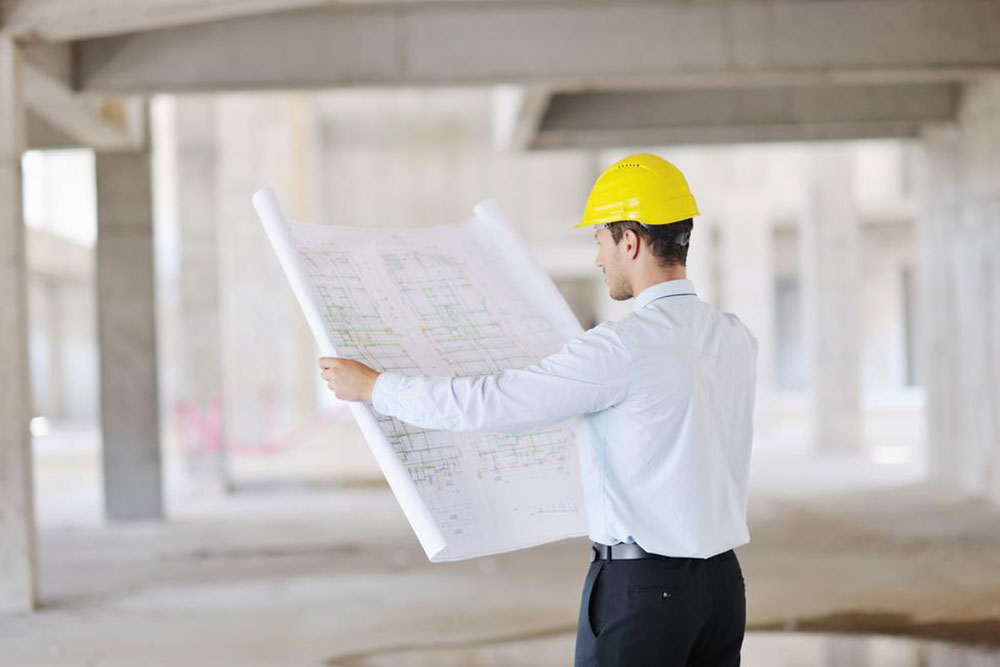The Integral Role of Construction and Maintenance in Modern Infrastructure Development
Construction and maintenance are crucial industries that drive the development and preservation of modern infrastructure. From initial design to ongoing upkeep, these fields ensure safety, efficiency, and sustainability. With advancements in technology, construction and maintenance now incorporate eco-friendly practices and innovative solutions, supporting economic growth and societal progress. This comprehensive overview explores the phases, significance, and future trends of construction and maintenance, highlighting their vital role in creating resilient communities. A career in this industry offers significant opportunities to contribute to sustainable development and infrastructure longevity.

Understanding the Essential Contributions of Construction and Maintenance in Today's World
The fields of construction and maintenance are fundamental pillars of modern infrastructure, shaping the physical environment in which societies operate and thrive. These industries encompass a wide range of activities dedicated to designing, building, and preserving structures that are vital for daily life, economic activities, and societal progress. With continual technological advancements and increasing population demands, the importance of construction and maintenance has never been more pronounced.
Construction, rooted in ancient sciences and the combination of engineering with artistry, involves transforming ideas and blueprints into tangible structures. This process, which has evolved significantly over millennia, now follows complex, methodical phases to ensure efficiency, safety, and sustainability. The key stages in a typical construction project include:
Conceptualization and Design: This initial phase involves generating innovative ideas or detailed blueprints for the proposed structure. Often, preliminary sketches or models are created to visualize the project scope and purpose. Architects and engineers work collaboratively to refine the concept, ensuring it meets functional, aesthetic, and safety requirements.
Proposal and Review: Once the design concepts are established, detailed proposals are submitted for evaluation. Stakeholders, investors, regulatory bodies, and community representatives review the plans to assess feasibility, compliance, and environmental impact.
Approval and Authorization: After thorough review, official permissions and permits are granted, allowing the project to proceed from planning to execution. Securing approvals is crucial to align with legal, safety, and environmental standards.
Design Development and Contracting: This phase involves detailed planning, selecting materials, and finalizing contractual agreements between owners and contractors. Precise specifications and schedules are established to guide construction activities.
Procurement: The process of sourcing and acquiring materials, equipment, and labor necessary for construction. Choosing competent contractors and suppliers is vital for maintaining quality and adhering to timelines.
Site Preparation and Groundwork: Before actual construction begins, the site is prepared by clearing, leveling, and possibly relocating utilities or existing structures. This stage ensures a safe and efficient workspace for subsequent building activities.
Following the preparatory phases, construction advances through several detailed stages—starting from laying foundations, progressing through groundworks, erecting the main structure, and culminating in topping-out ceremonies. Interior fittings, installations, systems testing, commissioning, and finally occupancy mark the completion of construction. Each step demands meticulous planning and expert execution to meet safety, quality, and regulatory standards.
However, building structures is only part of the vast industry. Once the structure is in use, ongoing maintenance becomes crucial. Maintenance involves routine inspections, repairs, renovations, and upgrades to ensure the safety, hygiene, and operational efficiency of facilities. Regular upkeep not only prolongs the lifespan of structures but also prevents costly failures and accidents. Maintenance activities include cleaning, painting, replacing worn-out parts, updating systems, and sometimes demolishing outdated or unsafe structures.
In addition to physical construction, ongoing maintenance and renovation work help adapt existing infrastructure to changing needs, technological upgrades, or environmental standards. This cycle of building and maintaining infrastructure supports economic growth and societal well-being. It provides millions of jobs globally—from engineers, architects, and construction workers to maintenance specialists and project managers—contributing significantly to local and national economies.
Modern infrastructure development responds to the rising demands of urbanization, technological innovation, and sustainability. Construction industries now increasingly incorporate eco-friendly materials, green building practices, and smart technology to enhance energy efficiency and reduce environmental footprint. Maintenance strategies have similarly evolved with the adoption of IoT sensors and predictive analytics, enabling proactive upkeep and minimizing downtime.
In summary, construction and maintenance are intertwined disciplines essential for developing new infrastructure and preserving existing assets. They are vital for supporting societal growth, enhancing safety, and promoting sustainable development. Considering the broad scope, technological integration, and economic impacts, careers within this industry remain highly promising and influential for shaping a resilient future.





